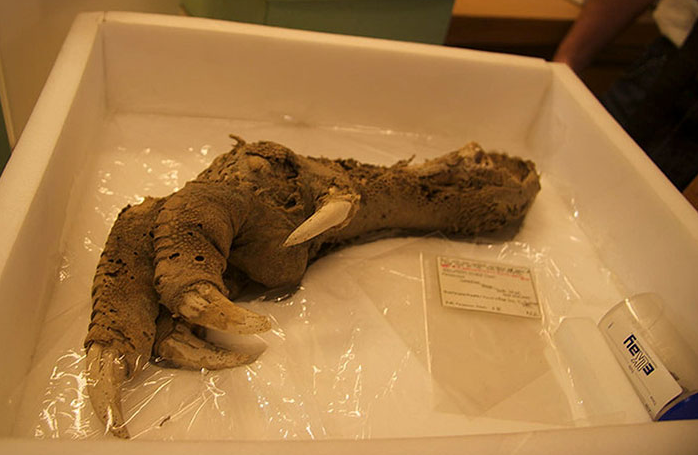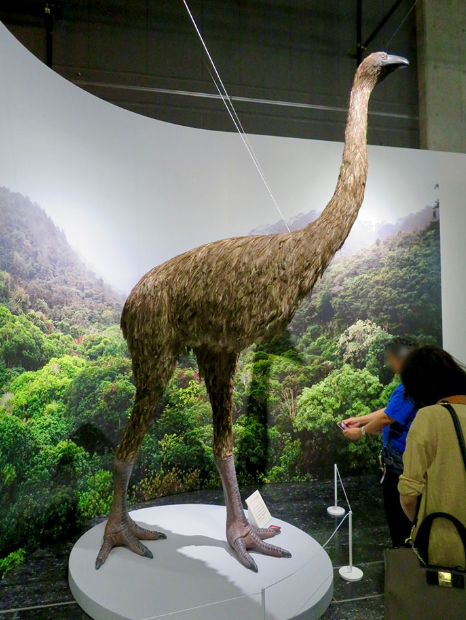
Archaeologists Find Claw Of 3,300-Year-Old Bird That Became Extinct 700 Years Ago
Scientists have estimated that the Earth is roughly 4.54 billion years old, even before human existence. In fact, there is much more to learn about our home planet than what we were taught in schools. So when a photo of an unusually huge bird claw appeared online, people couldn’t help but be surprised.
The giant claw was discovered by members of the New Zealand Speleological Society in 1987. They were traversing the Mount Owen cave systems in New Zealand when they discovered an impressive find. It was a claw that looked like it belonged to a dinosaur. And to his surprise, he still had muscles and skin tissues attached to him.

A group of archaeologists discovered a bird’s claw (the flesh and muscles were still attached to it) while excavating a cave in New Zealand. Archaeologists later confirmed that it is a foot from an extinct moa bird that disappeared from the earth about 700 or 800 years ago.
More than three decades ago, archaeologists found an unusually huge bird claw while traversing the cave systems of Mount Owen in New Zealand.
Later, they discovered that the mysterious claw had belonged to a species of extinct flightless bird called a moa. Native to New Zealand, moas sadly became extinct approximately 700 to 800 years ago. So, archaeologists have postulated that the mummified moa claw must have been more than 3,300 years old at the time of its discovery.
It turned out that the claw belonged to a now-extinct flightless species called Moa.

The Moa lineage probably began about 80 million years ago on the ancient supercontinent Gondwana. Derived from the Polynesian word for bird, the moas consisted of three families, six genera, and nine species. These species varied in size: some were about the size of a turkey, while others were larger than an ostrich. Of the nine species, the two largest were about 12 feet tall and weighed about 510 pounds.
Moas vary in size: some as small as a turkey and others as large as an ostrich.
Remains of the now-extinct birds have revealed that they were primarily herbivores and explorers, eating primarily fruits, grass, leaves and seeds. Genetic studies have shown that their closest relatives were the flying South American tinamous, a sister group to the ratites. However, unlike all other ratites, the nine moa species were the only flightless birds without vestigial wings.
Moas used to be the largest terrestrial and herbivorous animals that dominated the forests of New Zealand. Before the arrival of man, its only predator was the Haast’s eagle. Meanwhile, the arrival of the Polynesians, particularly the Maori, dates back to the early 13th century. Soon after, the moas became extinct and so did Haast’s eagle.




